Starting 'LIFTOFF: Couch to Barbell' for the New Year? Let's talk Phase One
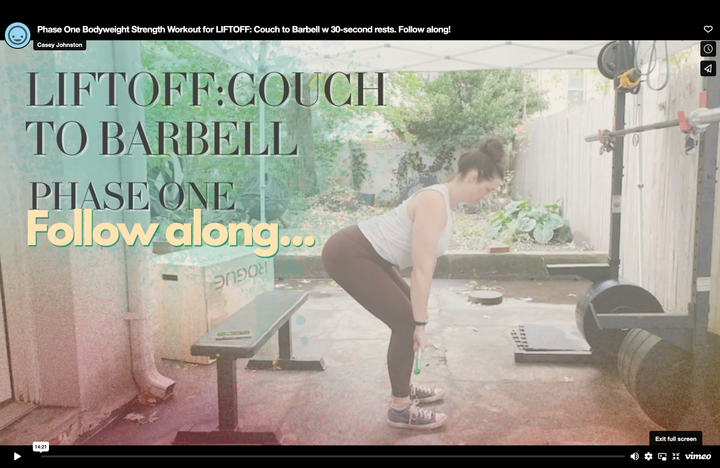
This post is for those of you who are suffused with the best of New Year’s intentions, who may have picked up LIFTOFF in print or e-book form and are gearing up for this to finally be the year you start lifting weights. This thrills me! And I want to take a moment to say a piece for your coming journey.
I get asked a lot why I think people should lift weights. There are the “duh” reasons everyone knows: Exercise is good for you, and lifting is better than almost anything else for most of us, pound for pound (pun not intended). More muscle can help a lot of us move better and prevents injuries.
But the reason I’ve found myself saying the most over the last year about "why lifting is good" is not that everyone needs to be way stronger, or that everyone needs more muscle, or even that everyone deserves to feel good in their body and strength training is a perfect minimum dose of exercise that gets you a lot for way less than you probably think (though all of those things are true).
The thing I’ve been saying that I find most beautiful about lifting is that it cannot be done properly without tuning into yourself and your experience of it (physically, but also emotionally and mentally). There is no trainer or coach or class leader in the world who can assess better than you whether a given weight you are lifting is too easy, or whether you are eating enough, or getting enough rest. It may take you some practice and trial and error to learn to understand your own body feelings and sensations, but that is exactly how it should work.
This is something that most of us are totally unaccustomed to, especially in the realm of working out. Many of us are used to being shouted at by instructors who give minimal form instruction or feedback, countdowns to 30 seconds of doing as many reps as we can, “no pain no gain,” no days off, horrible intractable soreness the next day that requires either declaring defeat or fighting uphill to get in another workout, mortally fearing the next inevitable day of horrible intractable soreness.
But in a beginner lifting program centered around your personal progress, there is no way to do it without paying attention to how it feels. If the point of your lifting program is to find a challenging-enough weight for you, and you try squatting with a set of five-pound dumbbells, you have to ask yourself: Was that easy? Way too hard? Just right? Only you can really say for sure. Maybe you aren’t sure, and that’s okay too—then you can experiment with the 7.5- or 10-pound dumbbells. How did that feel? These are the kernels of experience from which the bountiful and varied garden of body knowledge can grow.
And this doesn’t just take place with weights. How you feel outside the gym matters as well. Are you tired? Are you hungry? Did you eat enough protein? Did you go for a long bike ride and it sapped your gym session the next day? Did you get a great night of sleep and find you could easily squat 10 pounds more?
Seeing and noticing these small, incremental bodily experiences doesn’t just make it possible to get stronger quickly (though that helps a lot). It encourages a practice of noticing and perceiving that can make our physical experience of life not quite so mysterious all of the time. The feedback loops between these fairly basic elements—rest, food, movement—can greatly influence what it feels like to be alive, if we care to notice them.
In a world that does so much to separate us from our bodies, the best thing strength training ever did for me was return me to my own body. I made LIFTOFF because I do think a lot of people would enjoy being stronger. But I do believe its higher purpose is this process of reawakening and reconnection to our bodies that strength training is uniquely equipped to provide, precisely because it’s so different from everything you might have already tried. And that’s not going to come all at once! The answer to all these questions may be “I don’t know” for quite a while. Or you may think you know the answer, only to find out later you were wrong. And that’s just strength training unfolding exactly as it should.
But I run, but I play basketball, but I’ve never worked out before. All that is fine! I get more into this in the book itself, but it is possible to learn to lift and get some very concrete results without having to commit the rest of your life to it, without having to give up your sport, without having to adopt a whole new personality.
I talk to a lot of people who try or have bought LIFTOFF, and often they already have some unsolicited, anticipatory guilt over some high bar they are falling short of: They bought it but haven’t read it yet; they started it but got interrupted by illness or injury or circumstances; they finished the whole program but then wanted to stop lifting in order to run a half-marathon. This, too, is fine! The whole point of LIFTOFF is that it builds skills that are always going to be easier to pick back up a second time. It also does not have to be a linear, straight-through journey. These are all great lessons that are rarely taught in a lot of exercise contexts.
Even if you try lifting and it’s not for you: Great, now you know! I couldn’t be happier for you to have that knowledge. So much of life isn’t even finding good stuff you like, but being realistic about what you can’t stand or can't be bothered with.
So if you picked up, or are planning to pick up, LIFTOFF this year, I’m so excited for you to have your experience of it, whatever it might be. Print your spreadsheets, start a notebook, or open a new note file in your phone, and write it all down. It doesn’t matter if it feels silly, because no one else is going to see it, and because it’s not FOR anyone other than you. And that’s a beautiful thing.
This first month of LIFTOFF begins with Phase One, which involves learning and practicing bodyweight-only movements three times a week (Monday-Wednesday-Friday, Tuesday-Thursday-Sunday, or similar). You can do this anywhere, including in the comfort of your own home. There's a follow-along video where you can see the workout right below! (Further instructions on how to do the lifts and how the program works are included in the book itself.)
One last thing: Paid subscribers get access to our Discord, “the Liftcord,” where they can chat with other new LIFTOFF students in the #liftoff channel to trade info and support and cheer each other on (subscriptions are also on sale until next week, $7/month or $70/year, and come with a FREE copy of LIFTOFF!).
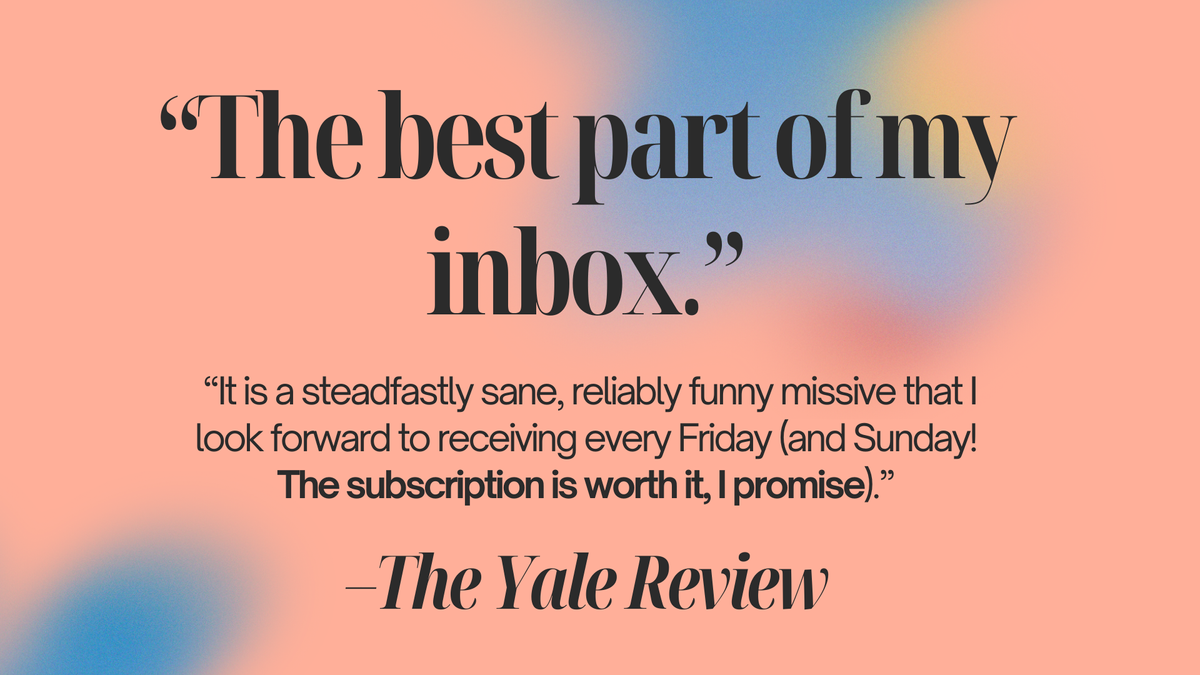
But the comments are open on this post, so if you are a free subscriber trying LIFTOFF this new year, tell me why, or use the comments to find yourself a LIFTOFF buddy or two to keep in touch with!
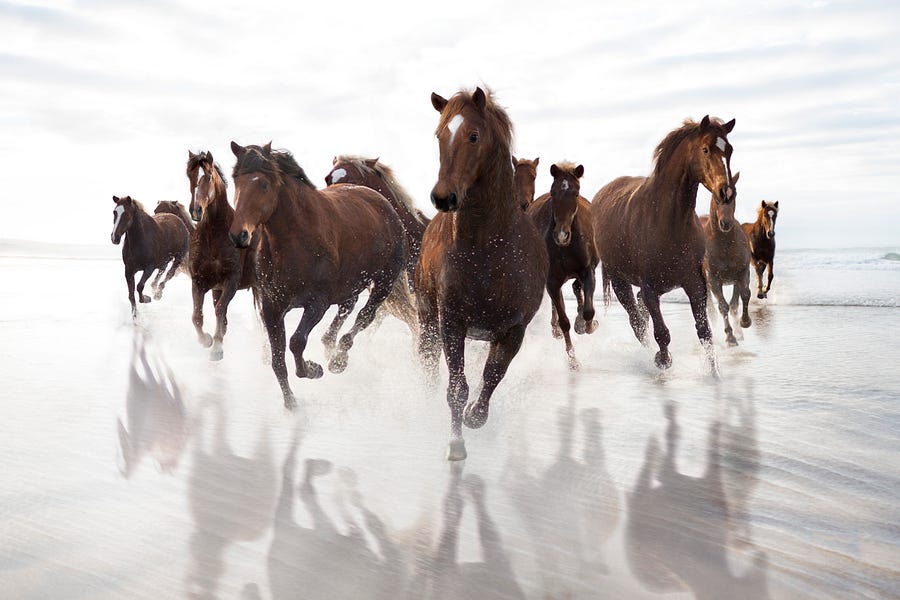



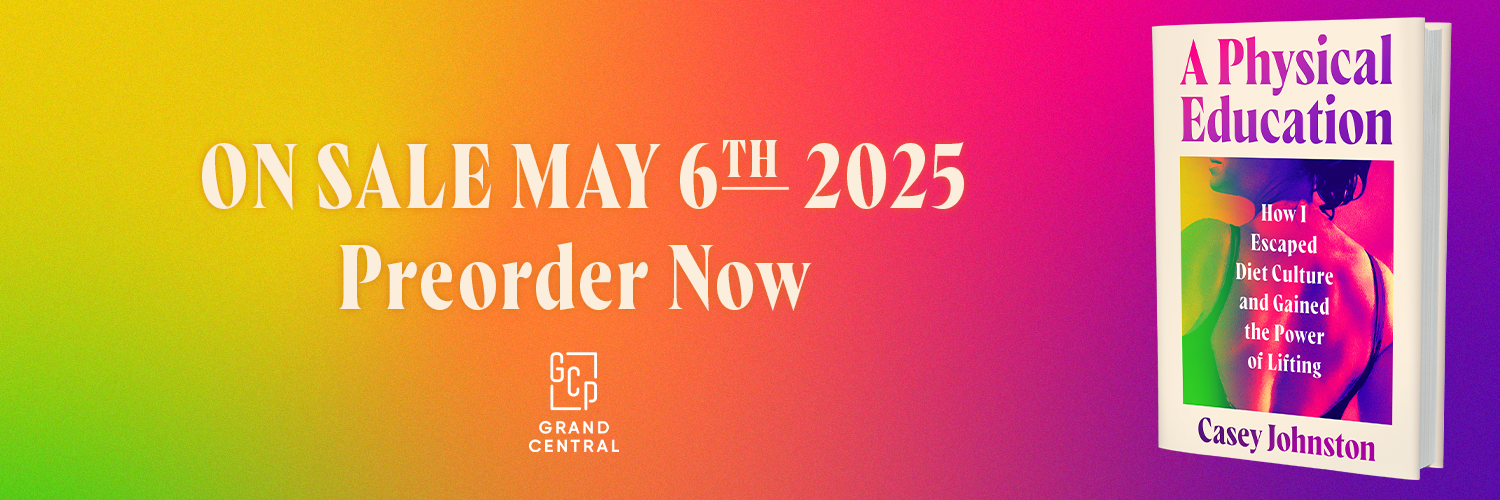



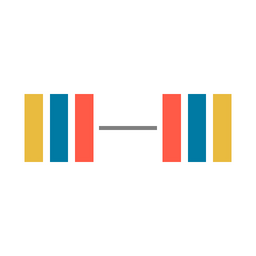
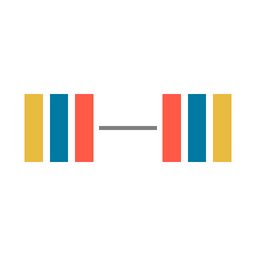
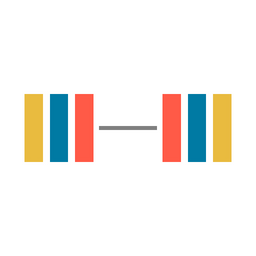
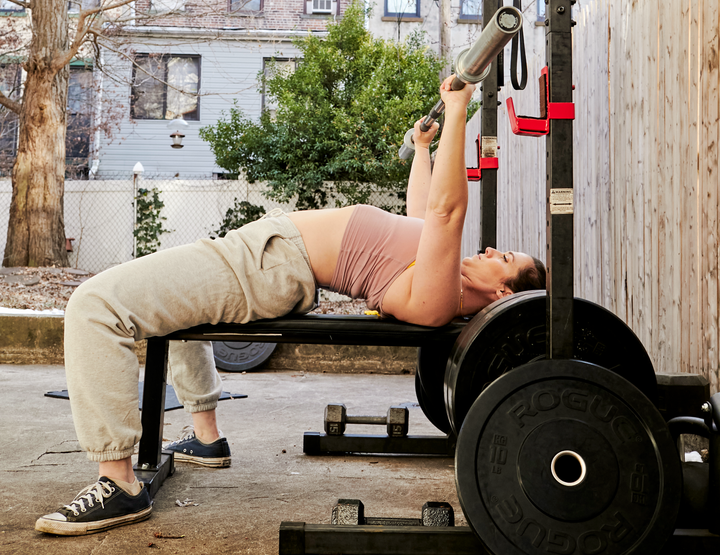


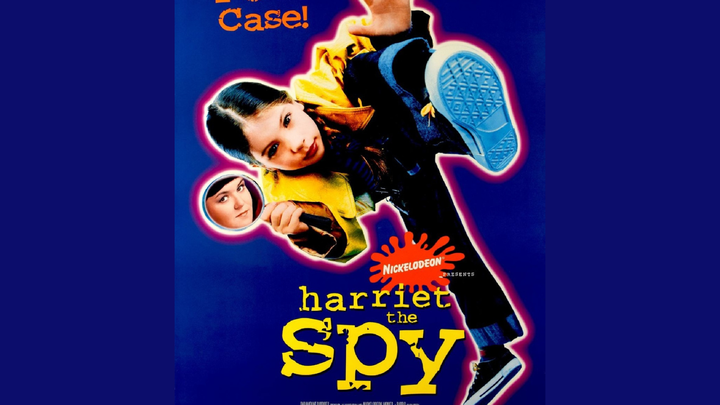
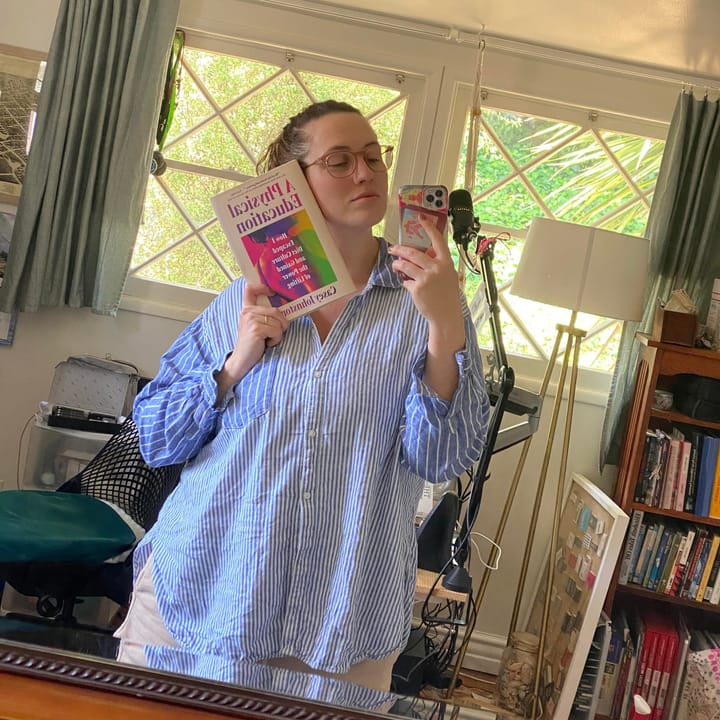
Member discussion